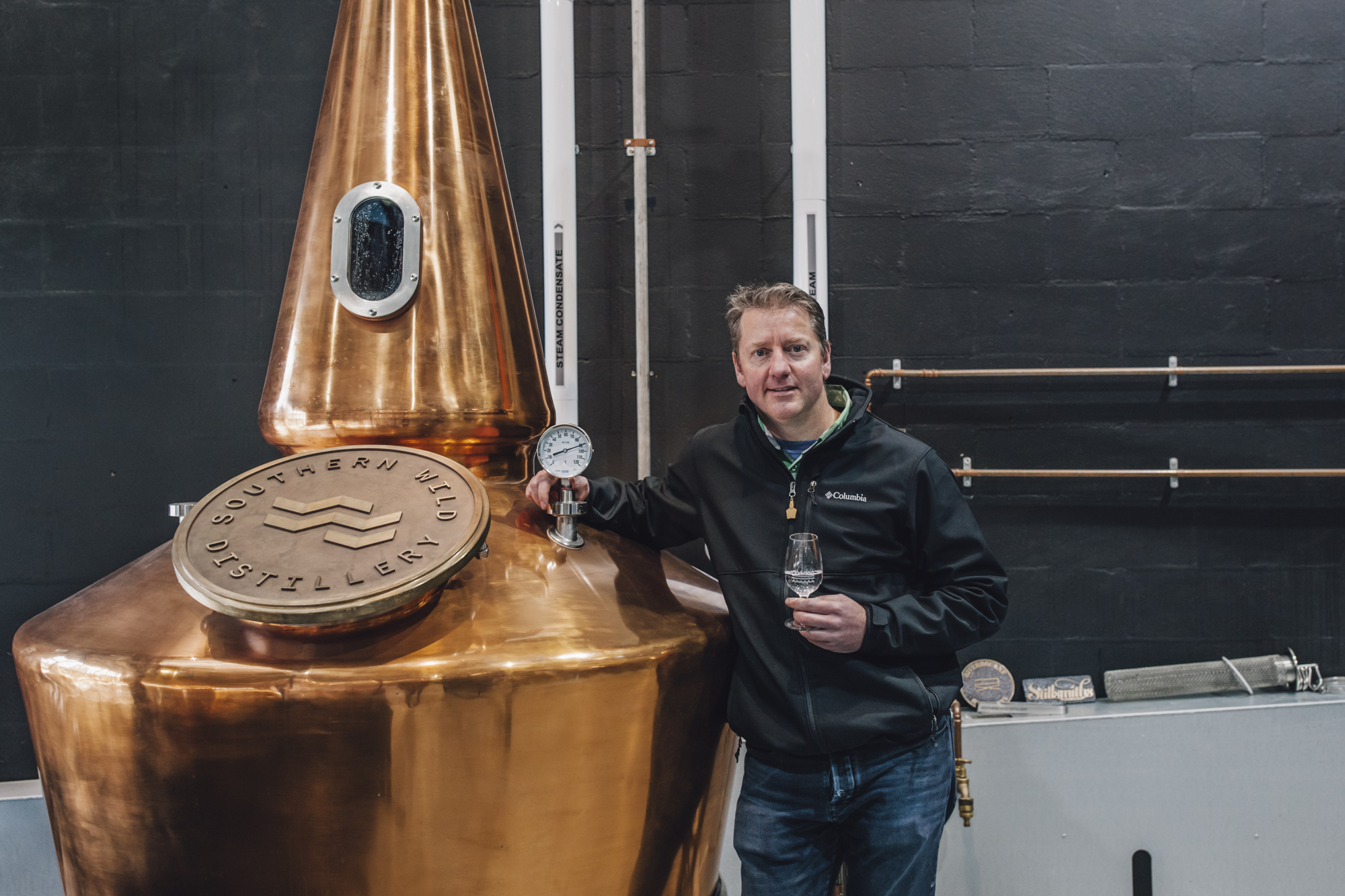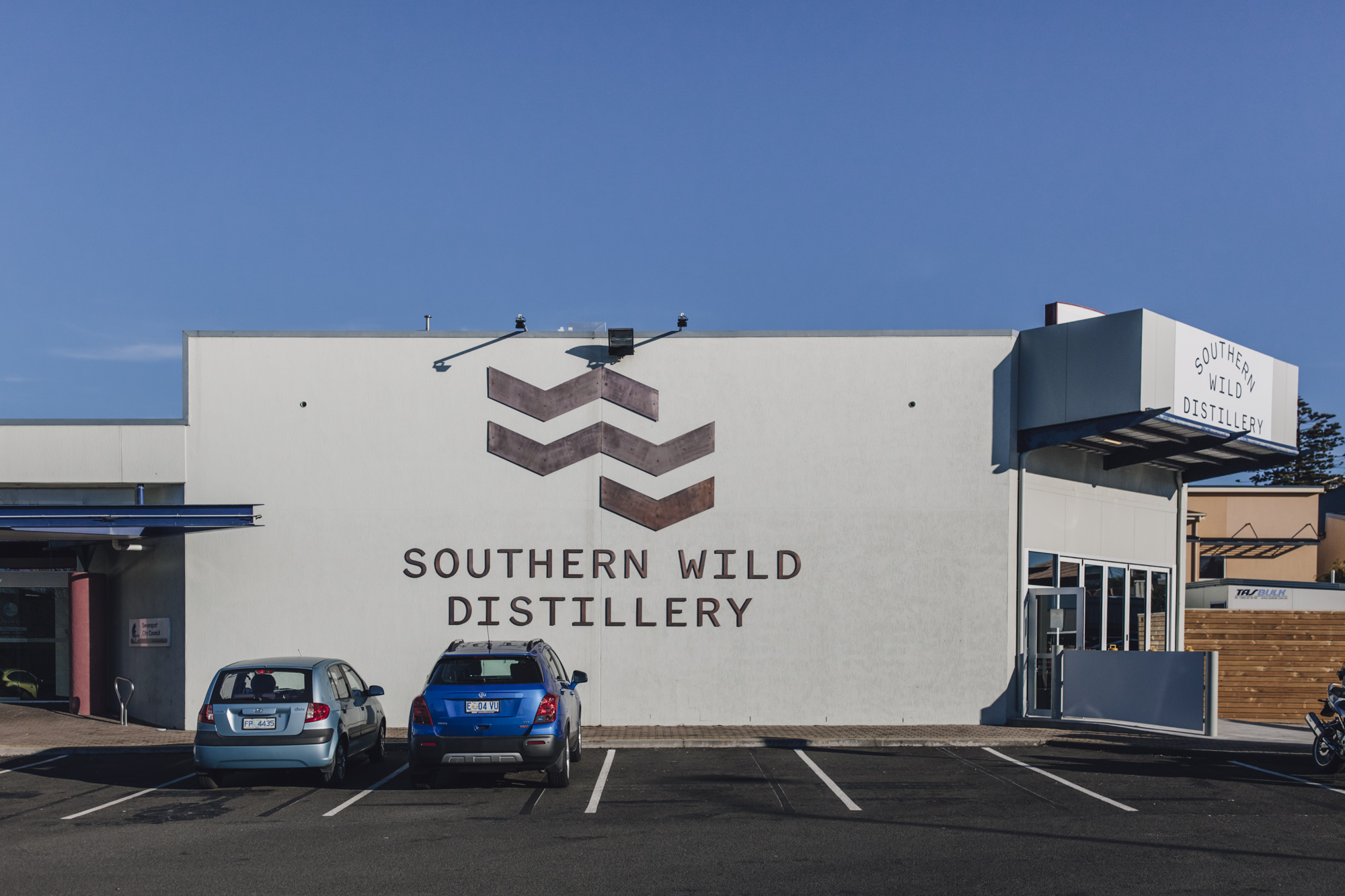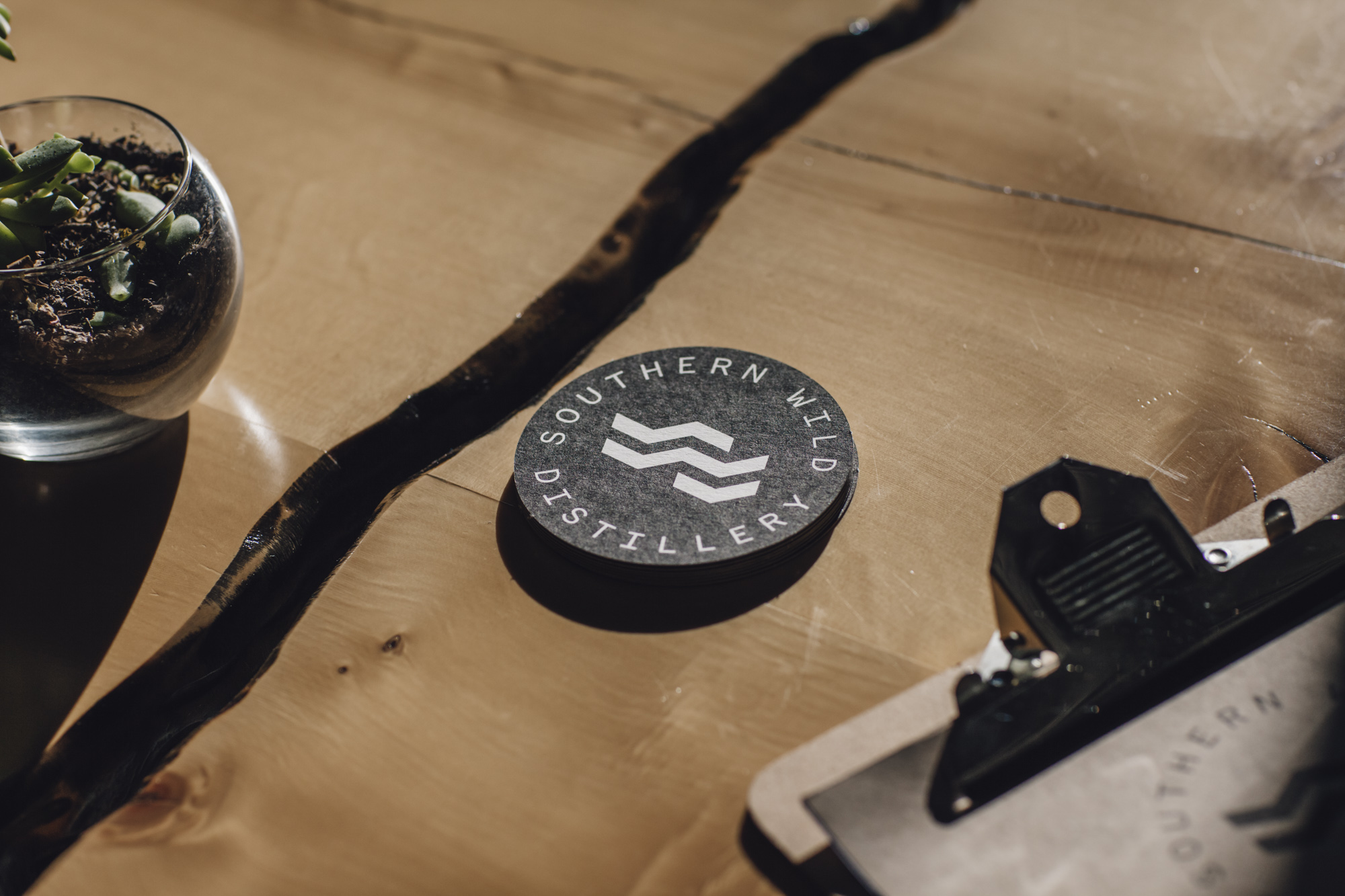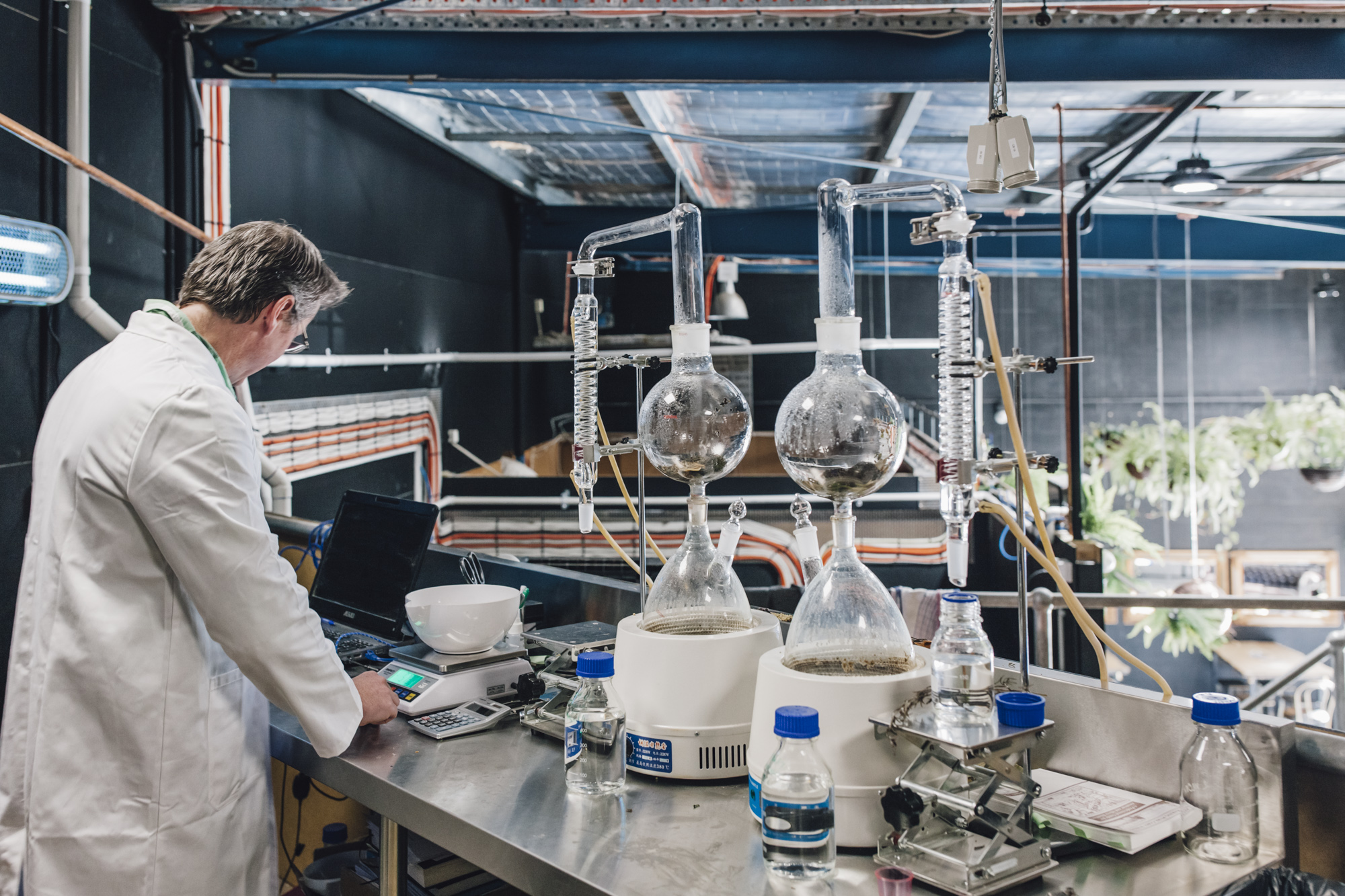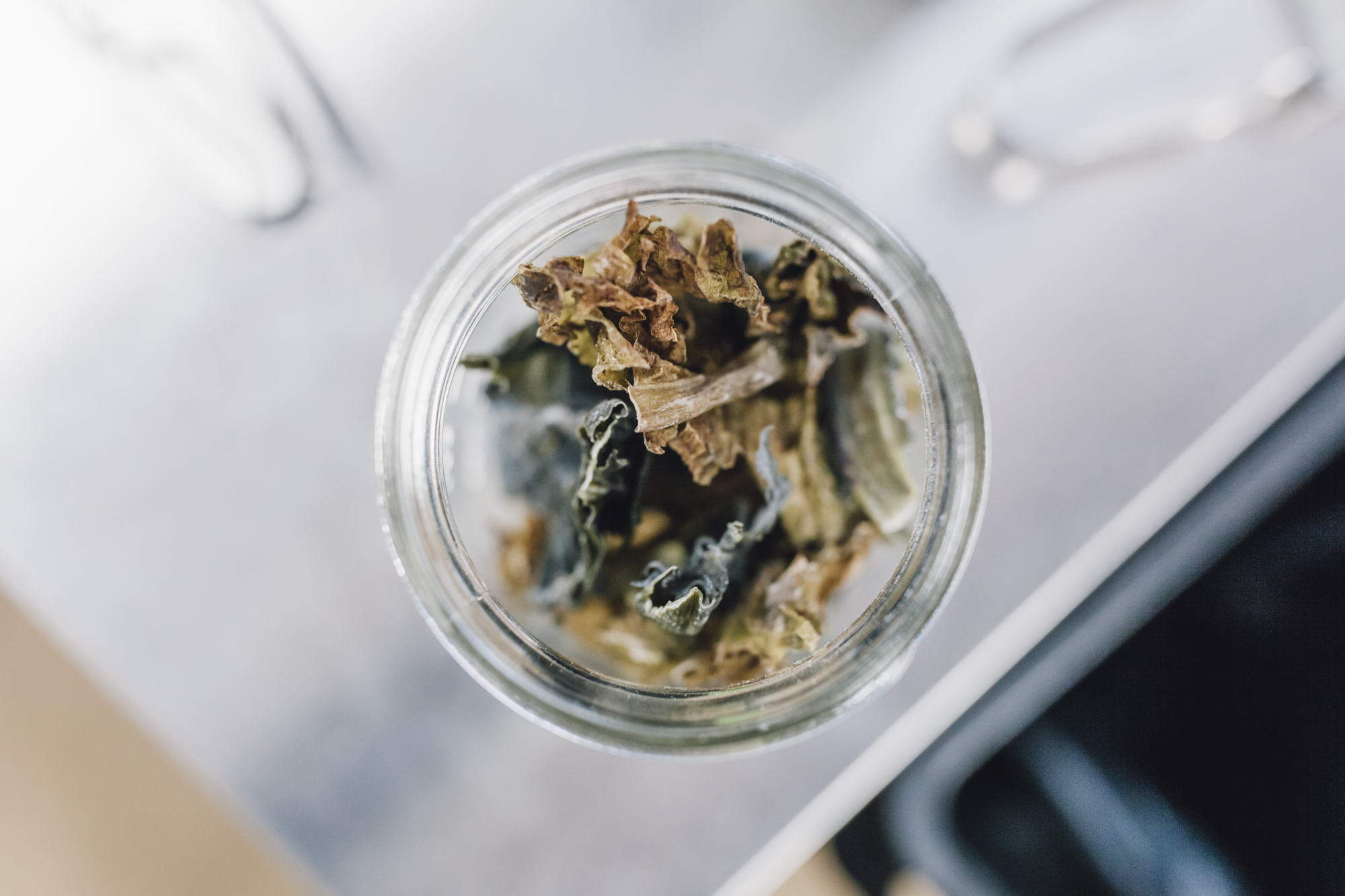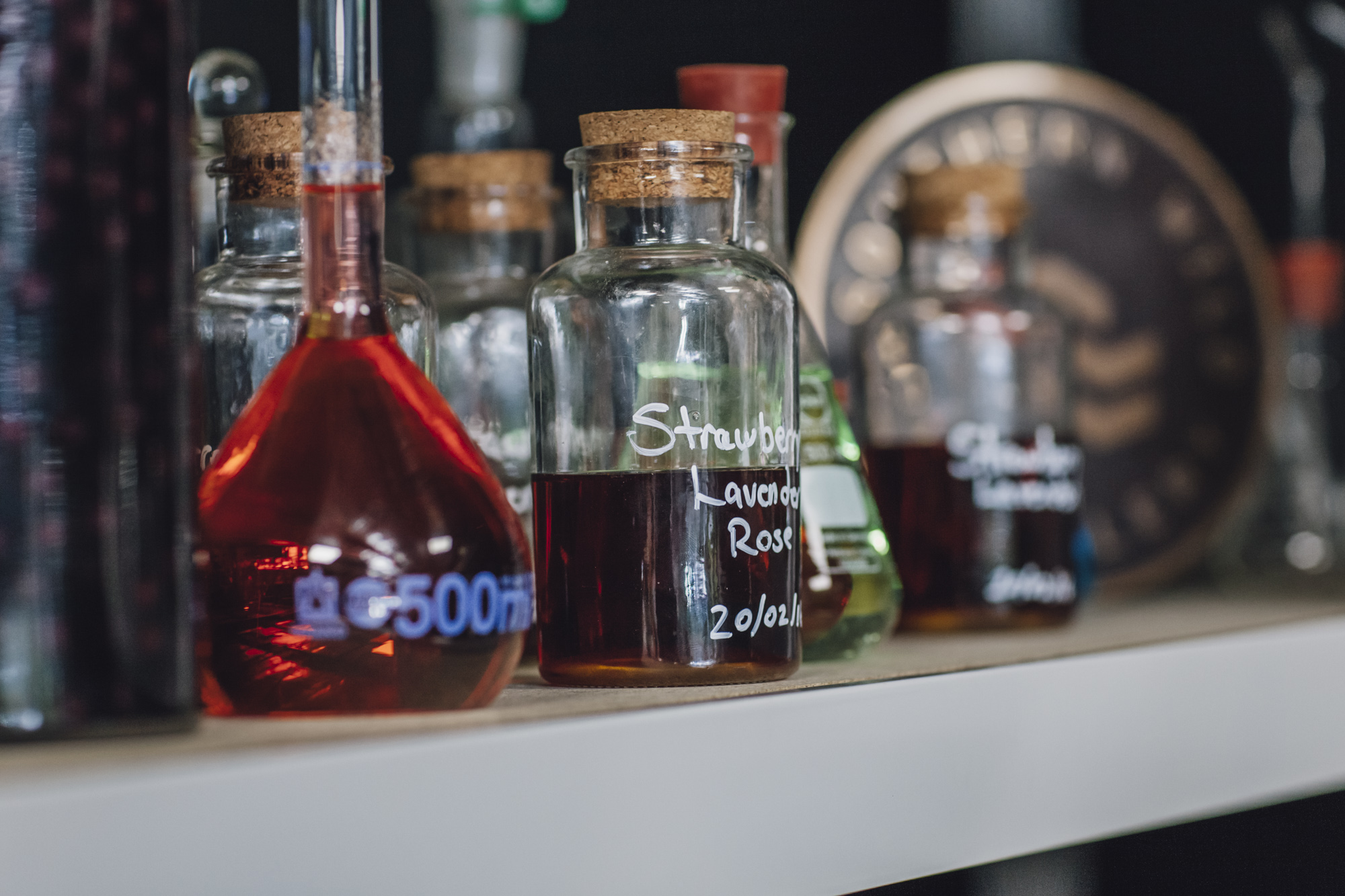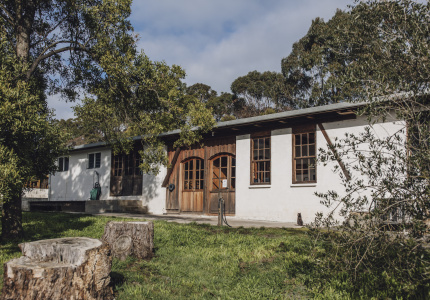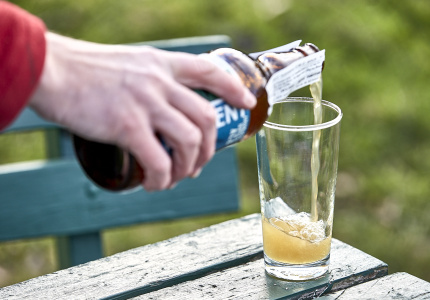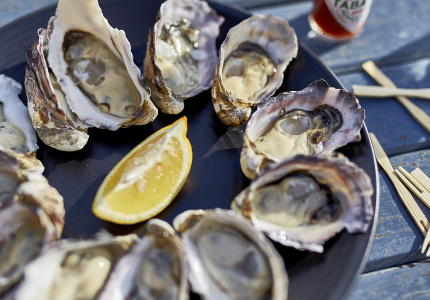When George Burgess landed in Devonport, Tasmania, as a boy, he was struck by the northern seaport town’s tranquility. At least compared to his hometown of Melbourne.
“In Melbourne, where I grew up, every house was joined to another house and the backyard was all concrete,” he says. “But here there was so much open space. No traffic jams. It smelled good. It looked and felt calmer – a wonderful place.”
So he stayed. For 20 years Burgess worked as a food technologist in the dairy industry. But with the bulk of job opportunities for his industry outside Tasmania, he eventually found himself at a crossroads. “I had to keep knocking back roles on the mainland,” he says. “So I decided to quit. I said to myself, ‘I’ll find my opportunity in Tasmania. I don’t know what it is yet, but I’m not leaving’.”
Burgess took a year off to ponder which passion to pursue next. But the scientific curiosity inherent to his previous profession never dimmed. He began tinkering with various spirits recipes as a hobby. He experimented with vodka, rum, absinthe, and liqueurs before settling on gin. “I fell in love with some of the more technical aspects: understanding how a still works, how to design heat exchanges,” he says. “I just love all those problems.”
A key part of this attraction was the opportunity to invert his previous work experience. As a food technologist, his science-based methods of food production meant a strict protocol of standardising flavours and textures. But he saw producing spirits using local produce as a way to embrace Tasmania’s variances from season to season; rocky to coastal terroir.
“My world used to be all about standardising,” he says. “It was about understanding the seasonal variations and then eliminating them so a customer always received a standardised version of a product that never changed through the year. And I got jack of it. I was tasting the best of what the seasons had to offer and I knew the bulk of the public weren’t. So I wanted to stop that somehow. I thought I’d produce a seasonal and regional product that shines a light back on our growers and their region and their story. How would I be able to engage with as many other small producers as possible? What would give the biggest impact back to the greater community? Well, let’s start tasting the difference between seasons and talk about it so people can reconnect with where the ingredients come from.”
"I thought I’d produce a seasonal and regional product that shines a light back on our growers and their region and their story."
Burgess co-founded the Southern Wild Distillery in Devonport, led by the production of his gin bottled under the label of Dasher + Fisher. True to his ethos, it’s based on a recipe that heroes local produce – wakame seaweed sourced from the East Coast of Tasmania, lavender from Robert Ravens at Bridestowe Lavender Estate and native pepperberries from Steve Cameron and Kay Jones at Poimena Peppers, both in the North East. The result is intentionally complex.
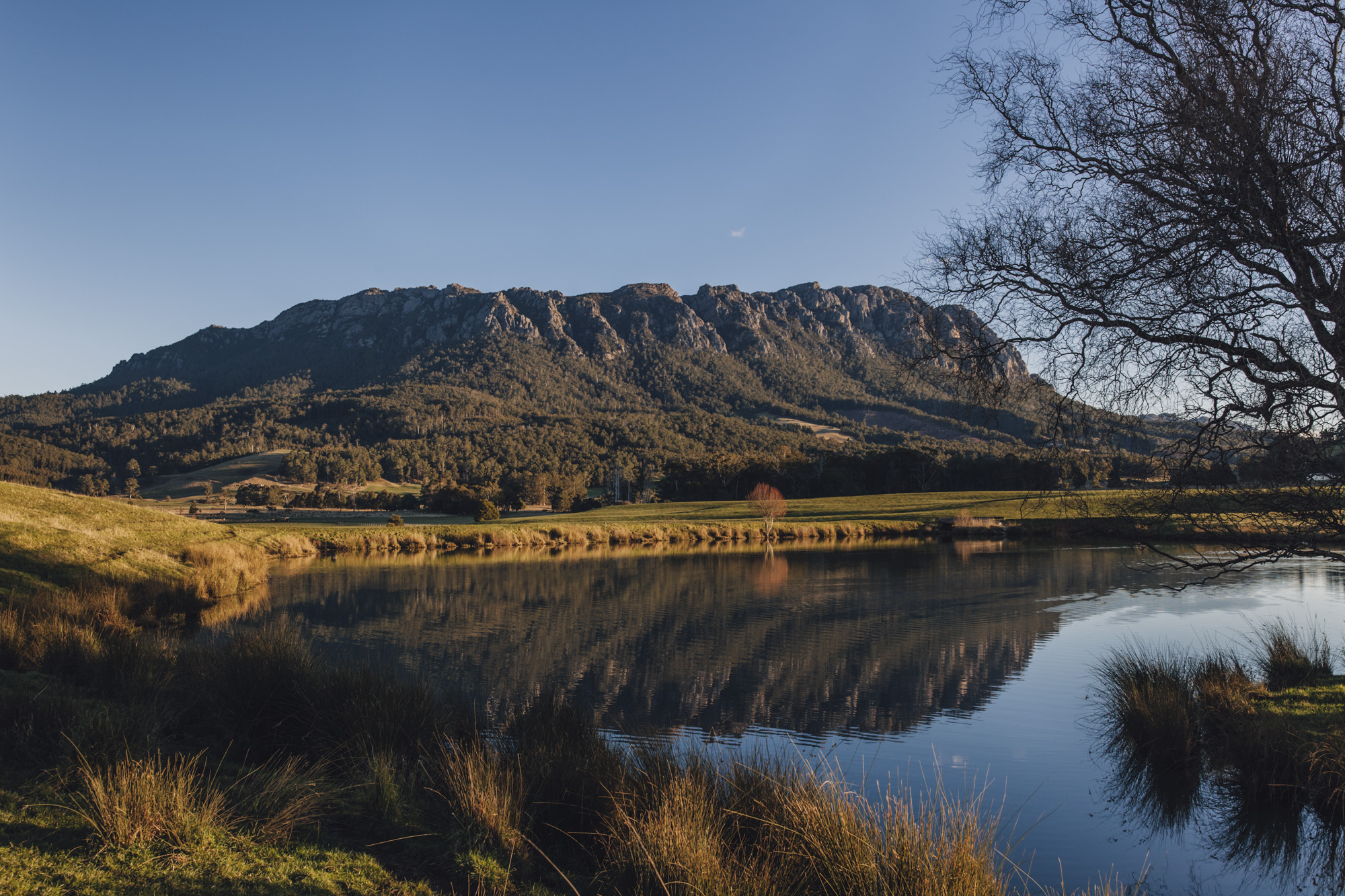
“I wanted to create a gin that was more like a fine French perfume,” says Burgess. “It needed to have top-notes, mid-notes and base-notes so it would linger like a perfume does. So I had to study a little bit of French perfume techniques. What I found was similar to the reason we use salt and fat in cooking – they’re both flavour enhancers but used sparingly. For example, the French perfumers identified lavender as an aroma enhancer, so the idea is you use it sparingly – almost below the detectable threshold – and it will elevate all the other aromas so they dance on your palate.”
That wakame seaweed acts as a foundation, while the pepperberry forms a series of complex mid-notes and the lavender elevates them. “When you combine all three, they do something amazing,” says Burgess. “There are just some combinations of ingredients that amplify and intensify everything else.”
Dasher + Fisher is produced in three styles, dubbed Ocean, Meadow and Mountain. Each uses different ratios of the three Tasmanian botanicals. Ocean is salty and fresh “like a gentle gulp of seawater” – a gin Burgess originally made for himself. Meadow is inspired by the herbs and spices growing in his home garden, something he can meld with fresh citrus and offer a more herbaceous note. It’s his most popular.
Then there’s Mountain. “Ocean and Meadow are modern gins,” says Burgess. “I wasn’t trying to create an old-world London dry gin with those. But then I wanted to. So I found a 200-year-old recipe that I felt we could do something amazing with, and created a new London dry gin that’s like Tasmania on steroids. It’s big, bold, and really showcases the mountain pepperberry. The whole line-up really shines a light on our region, seasonality, and on our people.”
It’s not just the gin’s botanicals that Burgess sources locally. His spirits also use organic herbs from Marleen Herbs in Lower Barrington and bay leaves plucked from backyard trees in Paradise. Earlier this year, strawberries from Turners Beach Berry Patch became a limited-edition Strawberry Gin, while delicate golden strands from Mountain Flower Saffron are currently being used to distill a special saffron iteration.
Dasher + Fisher also uses a base spirit made from grapes, which isn’t permitted under UK regulations but is proving popular among small-batch distilleries here in Australia. “When you drink these gins you’ve got beautiful fruity esters dancing at the edges of the palate,” says Burgess. “Those fruity esters are left over from the original grape varietals that formed the neutral spirit. So you end up with a broader and longer palate experience.”
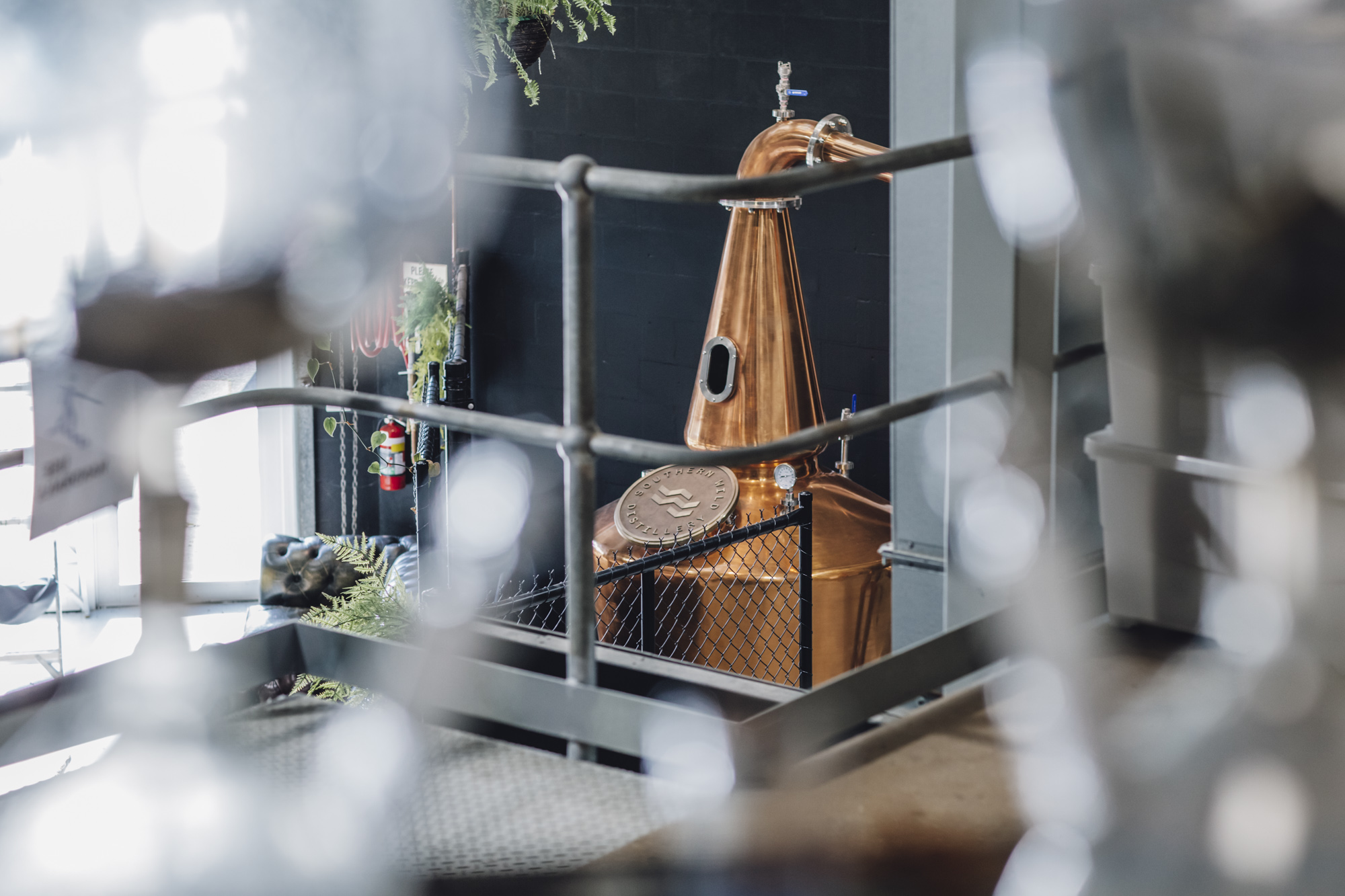
At the moment, Southern Wild Distillery is in the process of an exciting move—it’s just begun fork-lifting its entire distillery and cellar door from its temporary home in a converted loading bay to the brand new Providore Place around the corner.
Part of Devonport’s ongoing LIVING CITY project, Providore Place will showcase northern Tasmanian producers across shops, cellar doors and restaurants, bringing the likes of the humble trout farmer and cheesemaker to the frontline. Southern Wild Distillery will have a space there when the cavernous market hall officially launches in the coming months.
The new cellar door will offer tastings during the day and transform into a bar come evening. In the meantime, you can often find the team running a pop-up bar at the weekly Sunday Market held in Providore Place’s central hall.
“The idea is to focus on the world-class produce from our region that doesn’t see the light of day in our local markets,” says Burgess. “Some of these wonderful products often go straight to export. The downside of that for our community is we don’t get the opportunity to celebrate where we’re from and what we can achieve. Because jeez we do a great job of growing produce. I really think that Providore Place can be the centre for food innovation for the country.”
This article is produced by Broadsheet in partnership with Tasmania – Go Behind the Scenery. Create your own Tassie story here.
with Tourism Tasmania. Learn more about partner content on Broadsheet.
